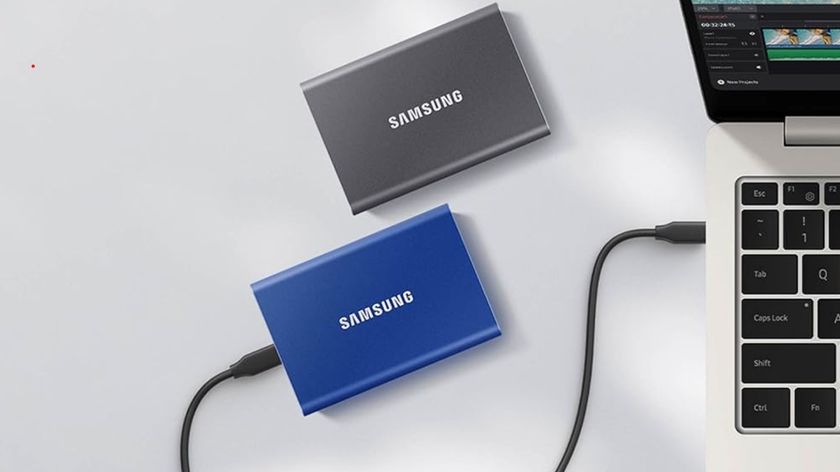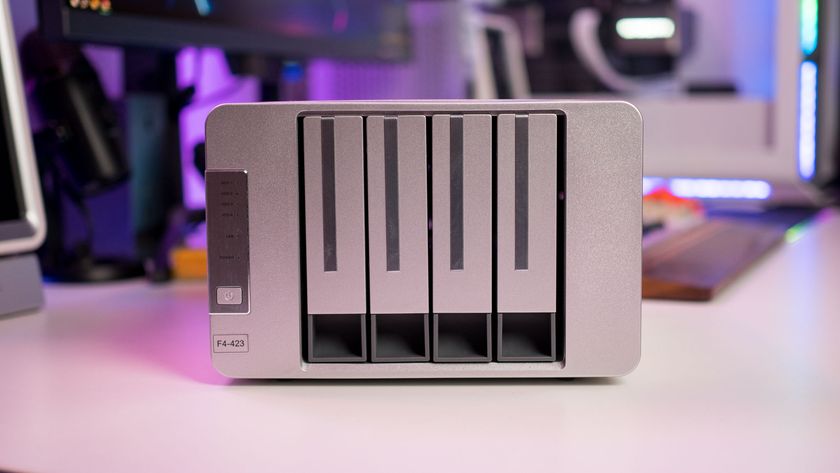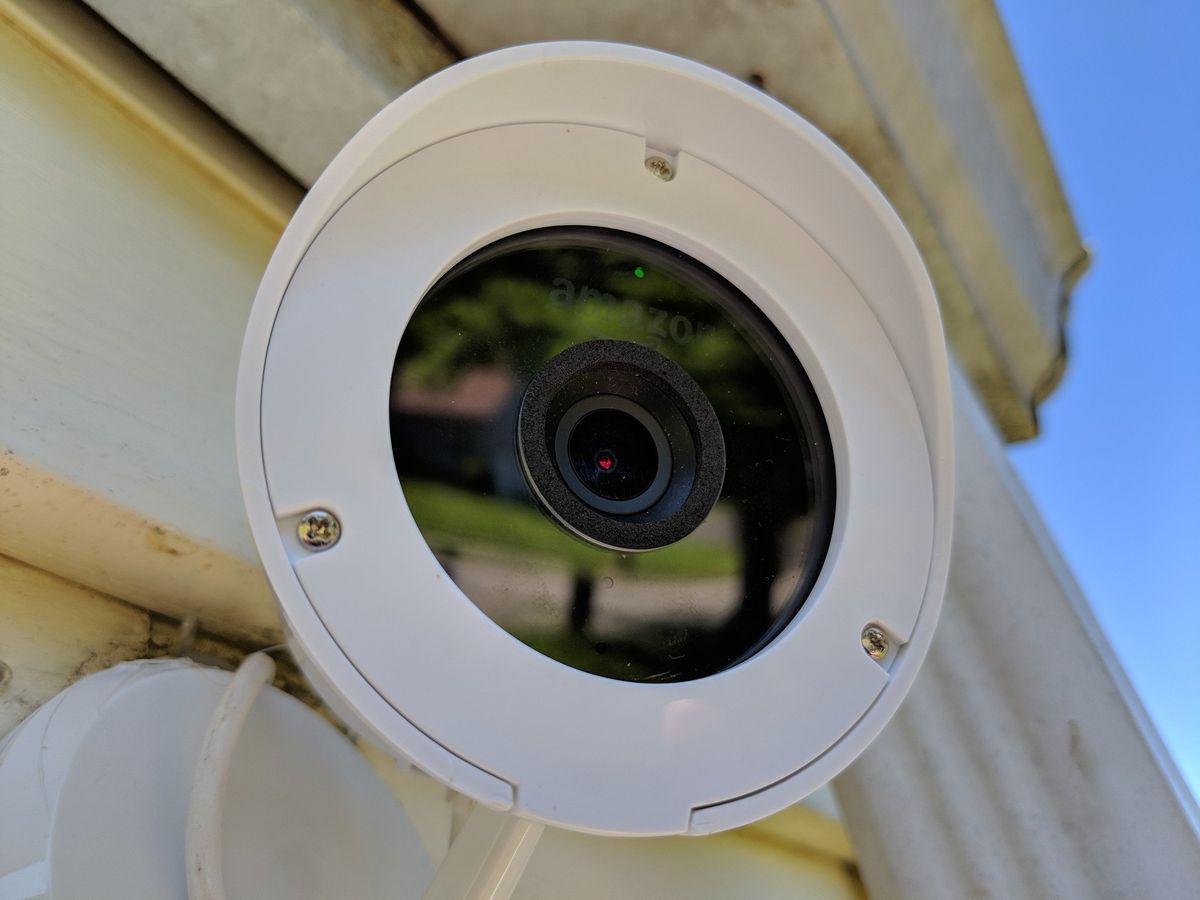
I've been using Wi-Fi security cameras in my house for years. I started with a Nexia Home system ages ago, then upgraded to Simplicam due to their price and various subscription plans. From there it was a short stint with the Logi Circle (which are still great cameras) until I finally landed on the Amazon Cloud Cam when it was released last fall. While this version was only meant to be indoors, it didn't stop me from wanting an Amazon Cloud Cam outside.
While they work amazingly well indoors — since day one I've longed to put one outside overlooking my driveway. I've been holding with hopes that Amazon will release a full-fledged Cloud Cam outdoor version (please Amazon!) and searching frantically for a short-term solution. It wasn't until a few days ago that I came across this outdoor housing made to fit the Cloud Cam that my prayers were (somewhat) answered.
Before we go too much further — no, this isn't a 100% weather-proof solution. Even if you want to use your Cloud Cam outdoors, you'll still be using an indoor camera outside where it's not intended to be used and will be susceptible to the elements (depending on your placement, of course). While this housing does a really good job of covering most of the camera, there is still a bit of the underside exposed. It's insanely sturdy and very well made, but it's not without its faults. Should it worry you? Again, it depends where you put your camera and what the weather is like where you live. Caveat emptor.
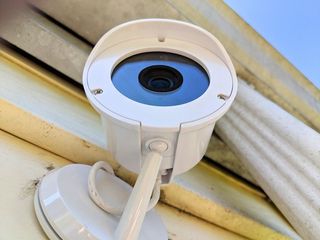
That being said, this thing is much more than I expected for the $13 price tag. Unlike other silicone "covers", this bad boy is solid, sturdy plastic that I can't say enough good things about. The entire housing comes with a variety of pieces — the main housing itself, a clear plastic protective face-plate, a sticky foam ring (for helping with night vision, more on that later), front cover, a few small screws and even a small eyeglass-size screwdriver. Also, instruction manuals, if you're into that sort of thing.
There was one hiccup that I ran into right at the start that hopefully, you can avoid. Before you get going, know that you'll need to have the power cable plugged into the camera before you put the housing on. This was a slight issue for me as my cable runs through a wall outside, meaning I had to assemble the housing on the camera while standing 10 feet up on a ladder. Not impossible, but still not as easy as doing it on the ground.
Putting it together is actually super easy. To attach the housing, you slide the main unit over the camera and then put the protective screen in place. The instructions here state to make sure that the holes are lined up symmetrically (showing just how awesomely thorough the whole process is) but aside from that, there's not much to it.
Be an expert in 5 minutes
Get the latest news from Android Central, your trusted companion in the world of Android
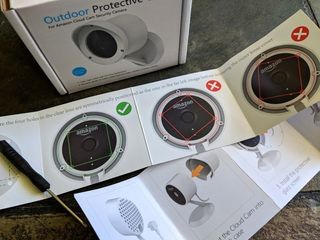
After the screen is in place, you stick the little foam ring in the center around the camera lens to help prevent glare from the IR illuminators. Anyone who has ever put a camera like this in front of a window and tried to use night vision knows why this is important (thankfully you can always just turn off night vision). Then just put the front plate into place, put in the provided screws and you're good to go.
Even though my camera is on the far end of my house, outside and away from my router, I haven't noticed any major lag or degradation with this housing in place. Granted, everyone's experience will be different, but my only real worries are weather-related. There's a super slim chance that the camera could get wet during a torrential downpour, and I'm also not sure how it will fair on super hot days with no way to vent excess heat — but only time will tell. Did I mention how well-built this thing is?!
For now, I'm ecstatic that I can finally use my Amazon Cloud Cam outdoors without shelling out a ton of money in the process.

Adam is the Editorial Director of High-Yield content at Future. Leading an outstanding team, he oversees many articles the publisher produces about subscriptions and services including VPN, TV streaming, and broadband. In addition to identifying new e-commerce opportunities, he has produced extensive buying guides, how-to-watch content, deal news, and in-depth reviews. Adam's work can be seen on numerous Future brands including TechRadar, Tom's Guide, T3, TTR, Android Central, iMore, Windows Central, and Real Homes.
